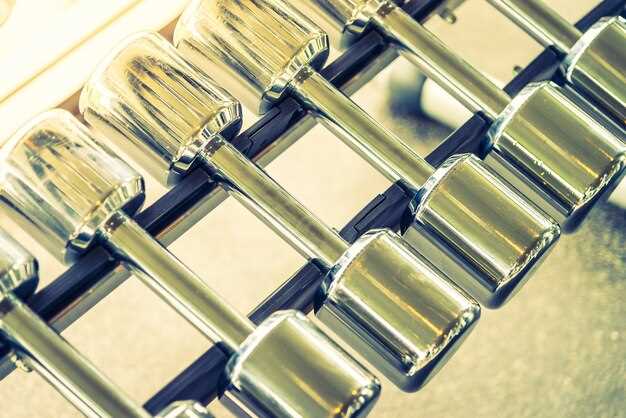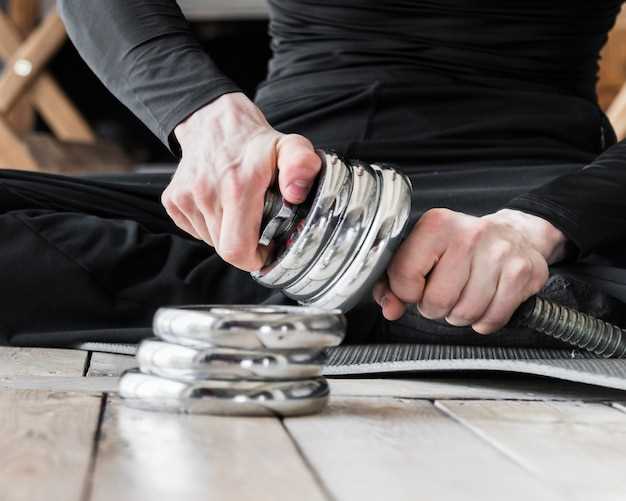
When it comes to high-performance engines, particularly those boosted by turbochargers, the choice of internal components plays a crucial role in both longevity and power output. One of the key upgrades recommended for turbo engine builds is the use of forged internals, which include pistons, rods, and crankshafts. These components are engineered to withstand the extreme conditions found in turbocharged applications, offering significant advantages over their cast counterparts.
Forged internals are manufactured through a process that enhances the material’s molecular structure, leading to greater strength and durability. As turbo engines operate at higher pressures and temperatures, this added resilience is critical. With forged components, builders can achieve higher horsepower levels without the immediate risk of failure, making them a wise investment for serious enthusiasts.
Moreover, the weight-to-strength ratio of forged internals is another appealing aspect. These components not only handle increased stress but often weigh less than standard parts, reducing overall engine weight and improving performance. This dynamic is especially important in turbo applications where acceleration and response time can significantly impact driving experience. Additionally, the ability to enhance reliability allows tuners to push their engines harder, tapping into the full potential of turbocharging technology.
Improved Strength and Durability in High-Boost Applications
Forged internals are essential for maximizing performance and reliability in high-boost turbo engine builds. Unlike cast components, which can fracture under extreme pressure, forged parts undergo a process that aligns the grain structure of the metal, resulting in superior strength. This attribute enables them to withstand higher forces and stresses commonly experienced in high-boost environments.
One of the primary reasons for opting for forged internals is their enhanced fatigue resistance. In high-boost applications, components face repeated cycles of stress and strain. Forged materials are inherently more resistant to this fatigue, significantly reducing the risk of catastrophic failures. For tuners and builders aiming for aggressive boost levels, having the confidence that their crankshaft, rods, and pistons are built to endure these conditions is vital.
Moreover, forged internals can operate efficiently at elevated temperatures. High-performance engines generate substantial heat, and the ability of forged components to maintain integrity under these conditions contributes to overall engine durability. This reliability translates to longer lifespans for engine internals, fewer maintenance intervals, and reduced chances of costly repairs.
The weight-to-strength ratio of forged materials also plays a crucial role in performance. Lighter components contribute to quicker revs and reduced rotational mass, while still retaining the necessary strength to handle intensive power outputs. This synergy allows for improved throttle response and overall engine efficiency, which are critical in high-boost setups.
Lastly, many aftermarket manufacturers design forged components specifically for high-boost applications, tailoring them to handle the unique demands of turbocharging. These components often come with features like enhanced cooling options or upgraded designs that further improve performance and durability, ensuring that builders can safely push their engine builds to the limit without compromise.
Weight Savings and Performance Benefits Over Cast Components

When building a turbo engine, the choice of internal components is crucial, particularly between forged and cast materials. Forged internals offer significant weight savings, which directly impacts overall engine performance. Due to the manufacturing process, forged components are denser and can be made lighter without compromising strength. This reduction in weight translates into lower reciprocating mass, enhancing engine response and allowing for quicker revs.
The lightweight nature of forged internals not only reduces stress on engine mounts and supports but also improves overall handling dynamics. A lighter engine contributes to better weight distribution in the vehicle, resulting in improved traction and cornering capabilities. This is especially beneficial in high-performance applications where agility is critical.
Furthermore, the superior material properties of forged components enhance their ability to withstand higher levels of stress and fatigue. Cast materials, while adequate for many standard applications, often fail to maintain structural integrity under the demanding conditions presented by turbocharging. By opting for forged internals, builders can push their engines harder, maximizing boost pressure and horsepower without the fear of catastrophic failure.
In addition to improved strength-to-weight ratios, forged components exhibit better thermal resistance. This allows for more efficient heat dissipation, which is vital in high-performance turbo applications. Greater thermal stability fosters consistent performance and minimizes the risk of overheating, further enhancing engine reliability.
Ultimately, the combination of weight savings and performance enhancements makes forged internals the preferred choice for turbo engine builds. These advantages contribute not only to increased power output but also to a more enjoyable driving experience, showcasing the value of investing in premium components for serious enthusiasts.
Customization Options for Tailored Engine Performance

Customization of forged internals in turbo engine builds allows for significant enhancements in performance, reliability, and efficiency. By selecting components specifically designed to meet unique power goals, builders can optimize their engines for both daily driving and track performance.
One key area of customization is the choice of pistons. Forged pistons can be tailored in terms of compression ratio and piston design. Higher compression ratios can improve efficiency and power output, while specific designs can reduce piston weight, allowing for faster revs and improved responsiveness. Tuners can choose between various coatings to reduce friction and enhance heat resistance, further optimizing engine performance.
Connecting rods are another critical component that can be customized based on strength and weight. Builders can select from a range of materials, including aluminum or steel alloys, and can customize the rod length to enhance fitment and performance characteristics. Lightweight, strong connecting rods can significantly reduce stress on the crankshaft, leading to improved engine longevity and power delivery under high boost conditions.
The crankshaft also offers customization options, such as modifications for stroke length or counterweight placement. Altering these aspects can affect torque curves and overall power delivery, allowing tuners to create a setup tailored to specific driving conditions or power requirements. Finishing processes, such as balancing and polishing, provide additional opportunities to reduce friction and improve efficiency.
Additionally, builders can customize the engine’s lubrication system. High-performance oil pumps and specialized oiling systems can be implemented to ensure optimal oil flow under high-stress scenarios. Maintaining proper lubrication is crucial for longevity and performance, especially in turbocharged setups where heat and pressure are elevated.
Lastly, integrating aftermarket software tuning with the forged internals creates a comprehensive solution for tailored engine performance. Custom maps can be developed to fully utilize the potential of upgraded internal components, allowing for precise control over fuel delivery and ignition timing. This thorough integration guarantees that each customized piece works harmoniously, maximizing overall engine efficiency and performance.


